Contents
Welcome to our website about great estates and heritage emergencies. On this website, you can read about great estates with large historical importance. Estates such as Chatsworth House, Waddesdon Manor and Holkham Hall. Manors, mansions and castles that looks just as grand today as they did in their heyday. Estates that have escaped the ravished of time unscathed or that have had their former splendour restored through heritage restorations.
We also feature information about heritage sites that have been less lucky. Sites that are crumbling before our very eyes and that are in dire need of heritage restorations before they are lost forever. We call these sites Heritage emergencies. The UK and US are full of heritage emergencies and we must all do what we can do to raise awareness and get these sites restored.
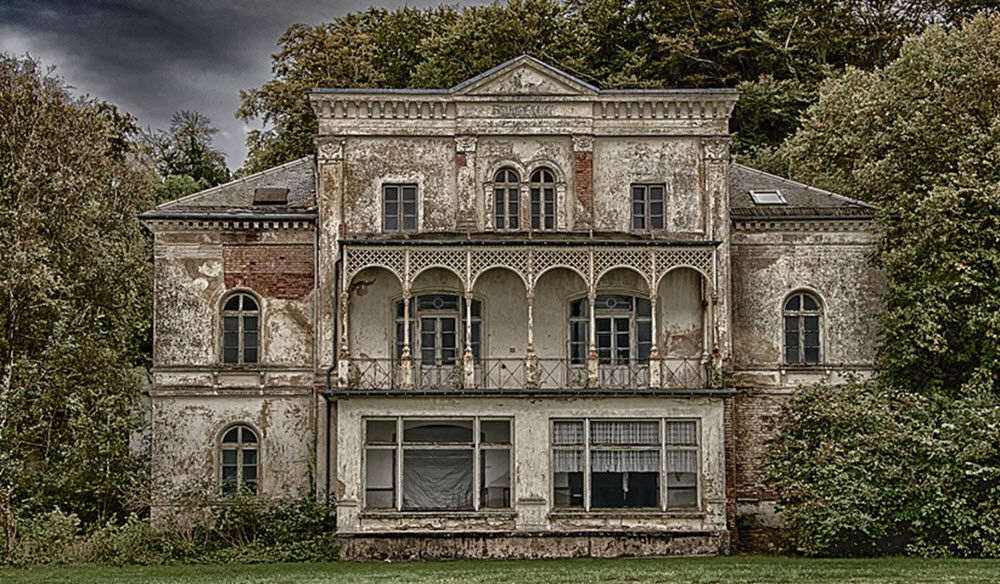
We feel that the government need to devote more money to the restoration of heritage sites but it is naive to think that the government will be able to help protect and restore all heritage buildings that need to be restored. We, therefore, support new regulation that would make it easier for private individuals to purchase and renovate these buildings. The restrictions on what you can do with a heritage building can often make it too hard to renovates one of these buildings into a modern home. The high cost associated with renovated heritage houses according to the current regulation can also might it economically impossible for people to renovate these houses. In most cases it is a lot cheaper to build a new house then it is to renovate a heritage house.
We understand to protect the heritage sites to keep their cultural value but we think that buildings that are close to being lost should be exempt from these rules. We should make it as easy as possible for someone who wants to help rescue one of their buildings and should only place minimal restrictions on what they are allowed to do. Most importantly we think it should be easier to be allowed to make contemporary changes inside the building. The focus should be on keeping their external appearance while still allowing the owners to turn the inside into comfortable modern dwellings. If a building is considered to have a cultural value too high to allow internal changes then the government should take their responsibility and restore them. If this is not done that private individuals should be allowed to renovate them as they see fit as long as they keep the original exterior or maintain the original style of the exterior.
We also want to make it easier to get building permission when you want to restore a heritage emergency.
Ideally, all building should be restored to their original state. But this is not possible and we need to do what is required to make sure that as many buildings as possible survive. Even if this means that some will survive in an altered state.
With that said. Lets look at some of the great estates of the UK.
Great estates
Waddesdon Manor
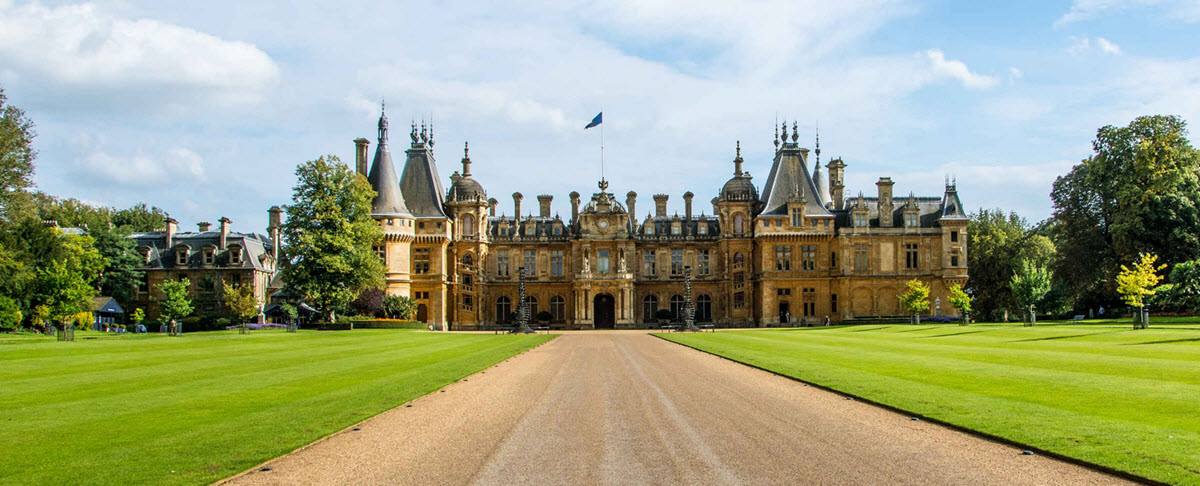
Waddesdon Manor is an 19th century Neo-Renaissance country house built for Baron Ferdinand de Rotchild as a weekend residence and to house his collections.
When Baron Ferdinand died in 1898, his sister Alice von Rothschild (1847-1922) inherited Waddesdon Manor and committed herself to preserve it. The last member of the Rothschild family to own Waddeston was James de Rothschild (1878-1957) who bequeathed the house, its contents and 120 acres of grounds to the National Trust. Read more….

The Rothschild family is well known due to the vast riches they accumulated during the 18th and 19th century. The Rothschild family made their money in banking. Today there are easier ways to make money. Examples of good ways to include money include CFD trading, forex trading and other types of leveraged trading. Leveraged trading allows you to make large profits on small investments. You can learn about CFD trading, forex trading and other types of leveraged trading by visiting daytrading.com. Daytrading.com is one of the worlds leading trading websites. Daytrading.com can teach you how to become a successful trader.

Chatsworth House
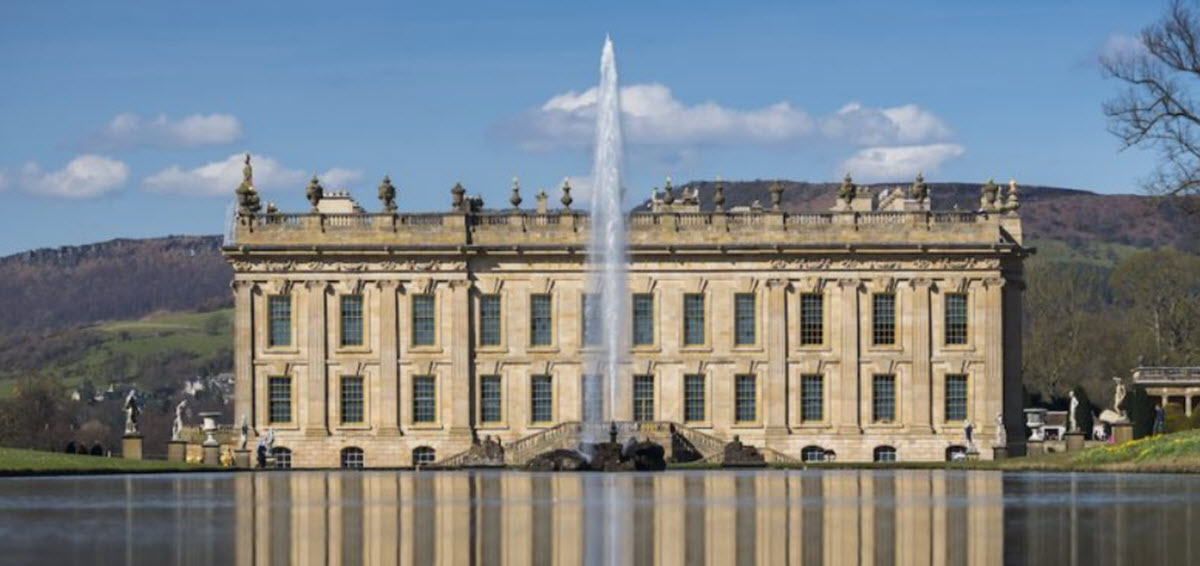
Standing on the east bank of the River Derwent, Chatsworth House in Derbyshire has been home to the Cavendish family since 1549. This stately home, which is the seat of the Duke of Devonshire, is set in a large parkland and backed by wooded, rocky hills that rises to the heather moorland above. The house looks onto the low hills between the Derwent and Wye valleys. Chatsworth House is built on sloping ground, which is lower to the north and west. Read more…
Holkham Hall
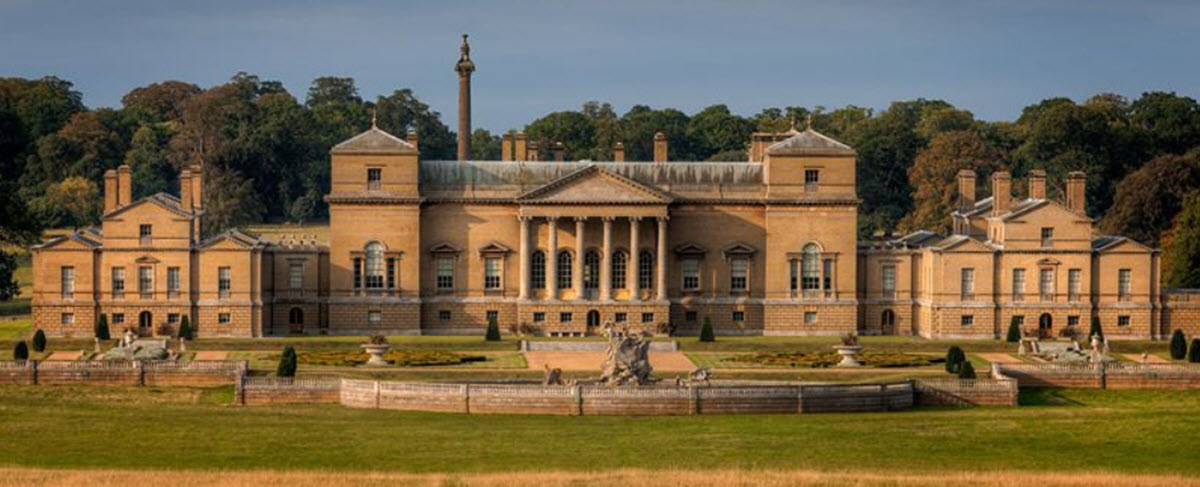
Holkham Hall is an 18th-century country house constructed in the Palladian style for the 1st Earl of Leicester’s (fifth creation). Completed in 1764, it is widely hailed as one of England’s finest examples of the Palladian revival style. The cost of construction has been estimated to around £90,000. Read more…
Burghley House
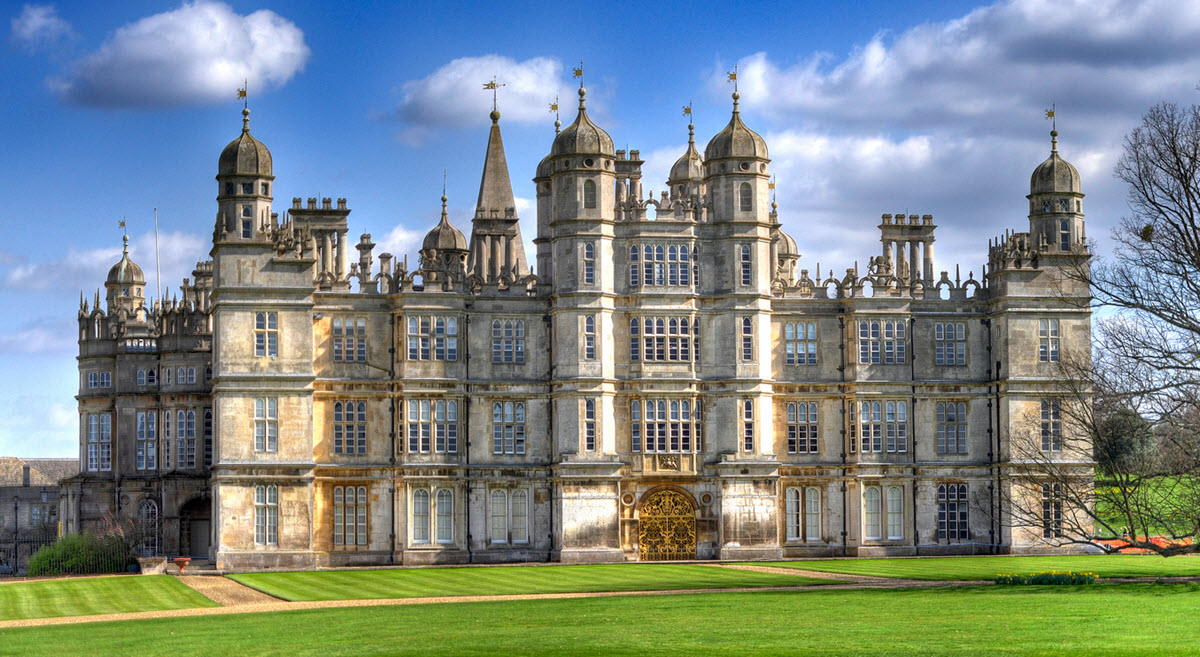
Burghley House is a grand English country house dating back to the 16th century. Famous for its Elizabethan exterior, this prodigy house was built in 1555-1587 for Sir William Cecil, who was Lord High Treasurer to Queen Elizabeth of England for most of her reign. Eventually, he became the 1st Baron Burghley. Read more …
Kedleston Hall

The country house Kedleston Hall is a National Trust property and the seat of the Curzon family. The house was built in the 18th century for Sir Nathaniel Curzon, in accordance with designs made by the architects James Paine and Matthew Brettingham. (Nathaniel Curzon eventually became the 1st Baron Scarsdale.) Read more…
